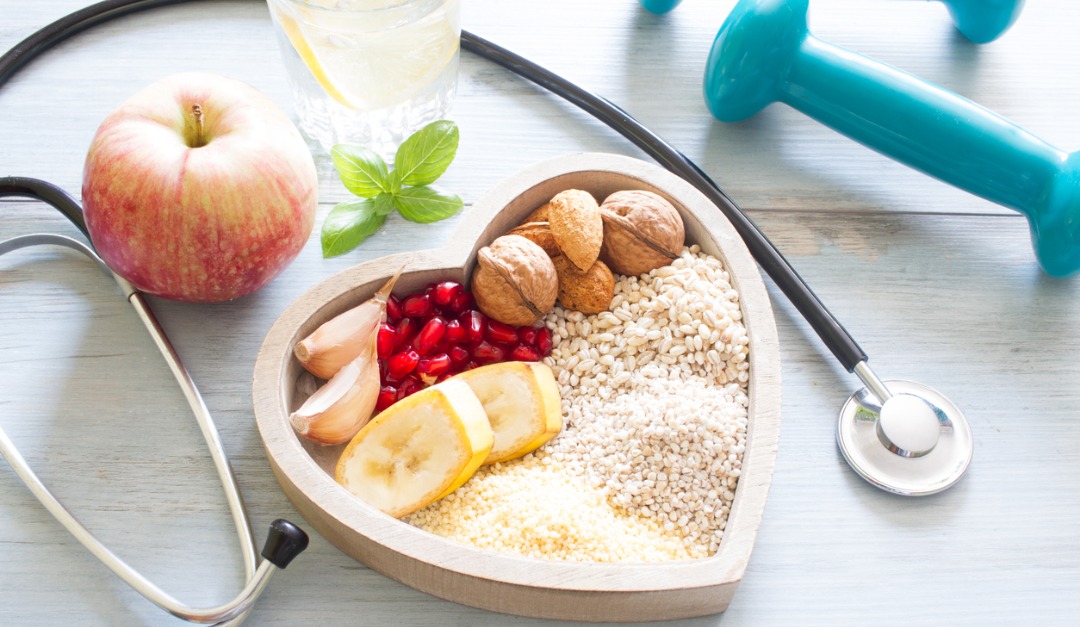
How to Reduce the Amount of Cholesterol in Your Diet
Cholesterol is a waxy substance located in cells throughout your body that helps with the production of hormones and vitamin D, and aids in digestion. Your body produces enough cholesterol to support these functions, but you can also consume cholesterol in food.
If you have too much cholesterol in your blood, it can combine with other substances to form plaque, causing your arteries to become narrow or completely blocked. If plaque in an artery ruptures, a blood clot can form and block blood flow. This may result in oxygen-rich blood not being carried throughout the body as necessary and may lead to heart disease, a heart attack or a stroke.
Types of Cholesterol
Lipoproteins are made up of fat and protein. High-density lipoprotein (HDL) carries cholesterol to the liver, which removes it from the body. HDL is often referred to as “good” cholesterol.
Low-density lipoprotein (LDL) can cause plaque to build up in arteries and increase the risk of heart disease. LDL is often referred to as “bad” cholesterol.
Very low-density lipoprotein (VLDL) can also cause plaque buildup in the arteries. VLDL mostly transports triglycerides, whereas LDL carries cholesterol.
How Your Diet and Lifestyle Can Affect Your Cholesterol Levels
An unhealthy diet filled with foods that contain saturated and trans fats can lead to high levels of LDL cholesterol. Trans fat can also lower your HDL level. Red meat, full-fat dairy products and deep-fried, baked and processed foods often contain high levels of saturated fat. Some processed and fried foods also contain high amounts of trans fat. Nutritional labels may refer to trans fat as “partially hydrogenated vegetable oil.”
Focus on reducing your consumption of foods that contain saturated and trans fats and eating more foods with healthy fats, such as lean meat and nuts. Use unsaturated oils, such as olive, canola and safflower, for cooking.
Foods that contain soluble fiber and plant stanols or sterols prevent the absorption of cholesterol. Include more fruits, vegetables, legumes and whole grains in your diet.
Fish that are rich in omega-3 fatty acids, such as salmon, tuna and mackerel, will not reduce your level of LDL cholesterol. They may, however, increase your level of HDL cholesterol and reduce your risk of developing blood clots and inflammation, as well as the risk of having a heart attack.
Lack of exercise can reduce your level of HDL cholesterol. Smoking can lower your HDL cholesterol and increase your level of LDL cholesterol. Your age, weight and genetics can also affect cholesterol levels.
Talk to Your Physician
If the results of a blood test have revealed that your LDL cholesterol is at a high level, discuss ways to address it with your doctor. He or she may recommend modifying your diet and activity level, or taking other steps. Seek professional guidance before making any dramatic changes to your eating habits or lifestyle.

